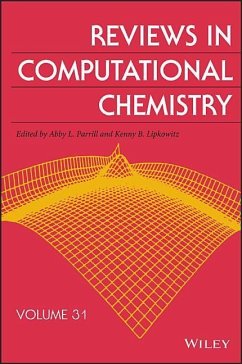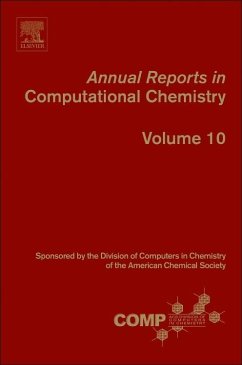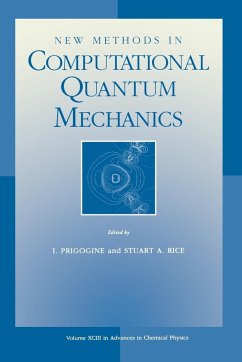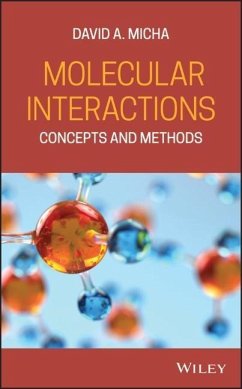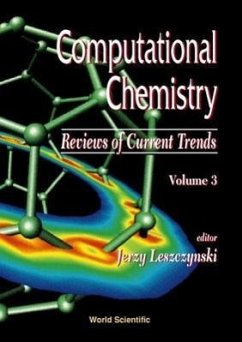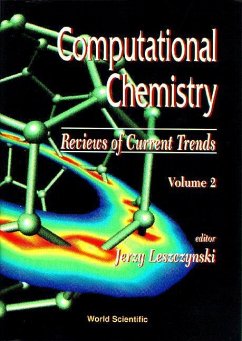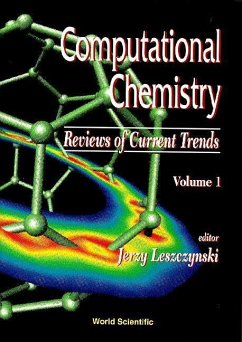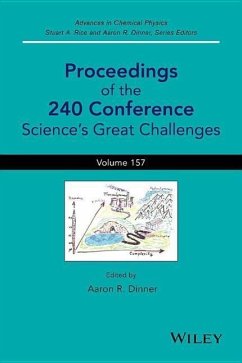
Reviews in Computational Chemistry, Volume 30
Versandkostenfrei!
Versandfertig in über 4 Wochen
294,99 €
inkl. MwSt.
Weitere Ausgaben:

PAYBACK Punkte
147 °P sammeln!
This volume, similar to its previous volumes, features chapters by experts in various fields of computational chemistry. Volume 30 covers chemical bonding at high pressure, molecular dynamics simulations, basis sets in quantum chemistry, master equation approach, quantum chemistry of open-shell species, continuous symmetry measures, and machine learning. FROM REVIEWS OF THE SERIES "Reviews in Computational Chemistry remains the most valuable reference to methods and techniques in computational chemistry." Journal of Molecular Graphics And Modelling "One cannot generally do better than to try t...
This volume, similar to its previous volumes, features chapters by experts in various fields of computational chemistry. Volume 30 covers chemical bonding at high pressure, molecular dynamics simulations, basis sets in quantum chemistry, master equation approach, quantum chemistry of open-shell species, continuous symmetry measures, and machine learning. FROM REVIEWS OF THE SERIES "Reviews in Computational Chemistry remains the most valuable reference to methods and techniques in computational chemistry." Journal of Molecular Graphics And Modelling "One cannot generally do better than to try to find an appropriate article in the highly successful Reviews in Computational Chemistry. The basic philosophy of the editors seems to be to help the authors produce chapters that are complete, accurate, clear, and accessible to experimentalists (in particular) and other nonspecialists (in general)." Journal of The American Chemical Society




